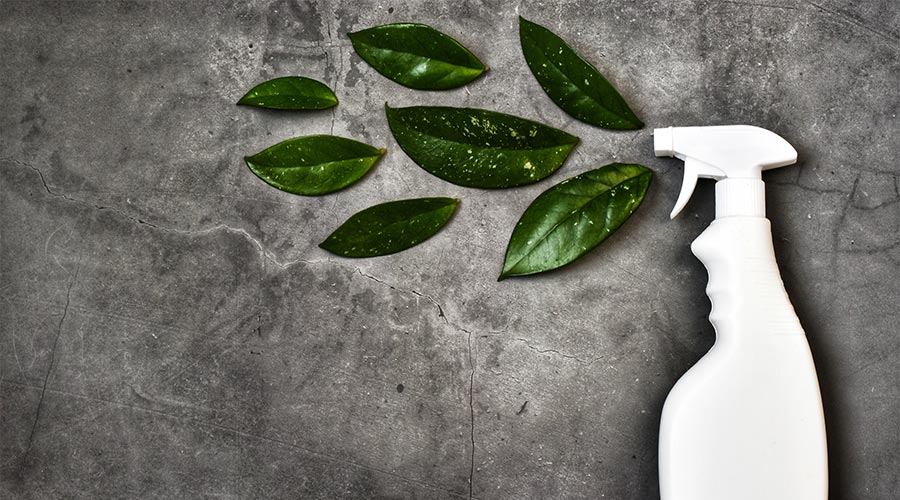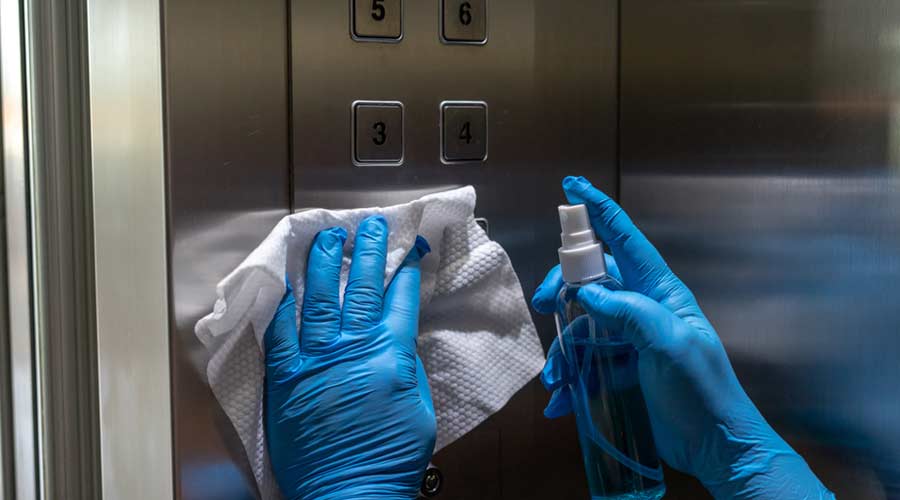
Green cleaning solutions and methods have become standard practice across North America and most of Europe. However, adoption has lagged in other regions of the world. But this is shifting dramatically in 2025, according to Steve Ashkin, the professional cleaning industry's leading advocate for green cleaning and sustainability.
According to Ashkin, "countries throughout Asia, Africa, and South America are rapidly adopting green cleaning products and methods in their daily facility operations. These regions are following the same adoption patterns we saw in North America's early transition."
As to why this is happening, Ashkin says the four key drivers fueling this global shift toward green cleaning are the following:
Protecting Human Health. Green cleaning safeguards the health of building occupants and the environment, while increasingly prioritizing cleaning workers' health and safety through reduced exposure to chemical irritants.
Enhanced Cleaning Performance. Better indoor air quality and fewer chemical irritants boost cognitive function and concentration. Workers — including cleaning workers — in green-certified facilities, consistently report improved well-being, leading to higher productivity levels.
Environmental Stewardship. More manufacturers worldwide recognize they have a responsibility to protect not only their employees and cleaning staff, but also the customers and communities they serve.
Cost Effectiveness. Green cleaning solutions deliver economic benefits. Modern formulations are more concentrated and multi-purpose, enabling cleaning staff to work more efficiently with less product per task, reducing costs and purchasing frequency.
"This global transition is also driving more cleaning contractors and facility managers to actively seek green cleaning education and information," Ashkin notes. "It takes me back to my early advocacy days. Early on, I focused on providing foundational knowledge about green cleaning principles and practical guidance for incorporating these methods into daily cleaning routines."
Ashkin adds that today's green cleaning adoption is significantly easier than it was 25 years ago. He attributes this to well-established green certification standards that weren't in place previously. Plus, advanced cleaning products and equipment — some developed using artificial intelligence — enhance cleaning efficiency while further reducing cleaning’s impact on the user, building occupants, and the environment.

 Celebrating BSCAI's 60th Anniversary eBook
Celebrating BSCAI's 60th Anniversary eBook The Down and Dirty on Cleaning in Virus Season
The Down and Dirty on Cleaning in Virus Season How Surfactant Use is Expanding in Commercial Cleaning
How Surfactant Use is Expanding in Commercial Cleaning